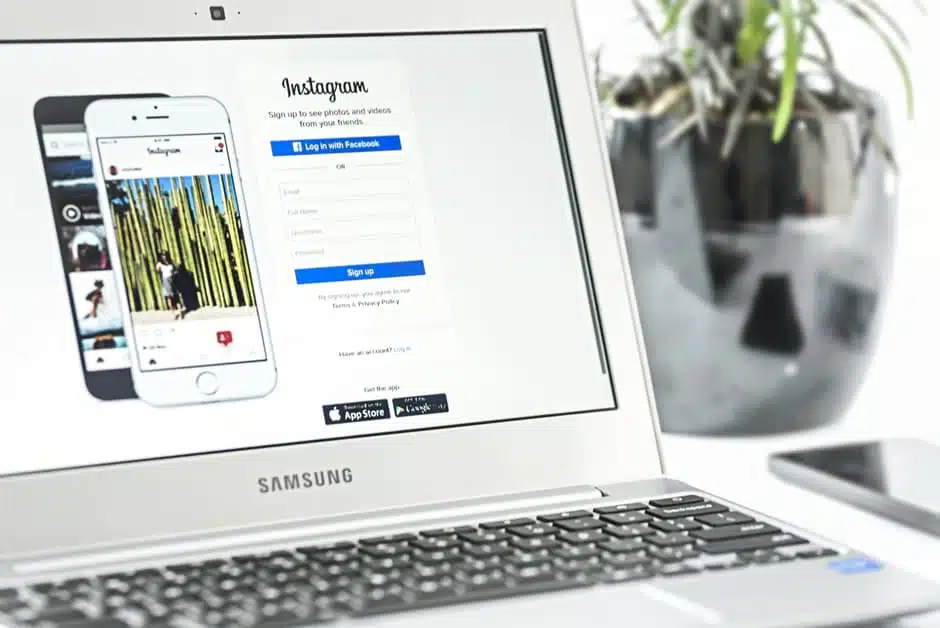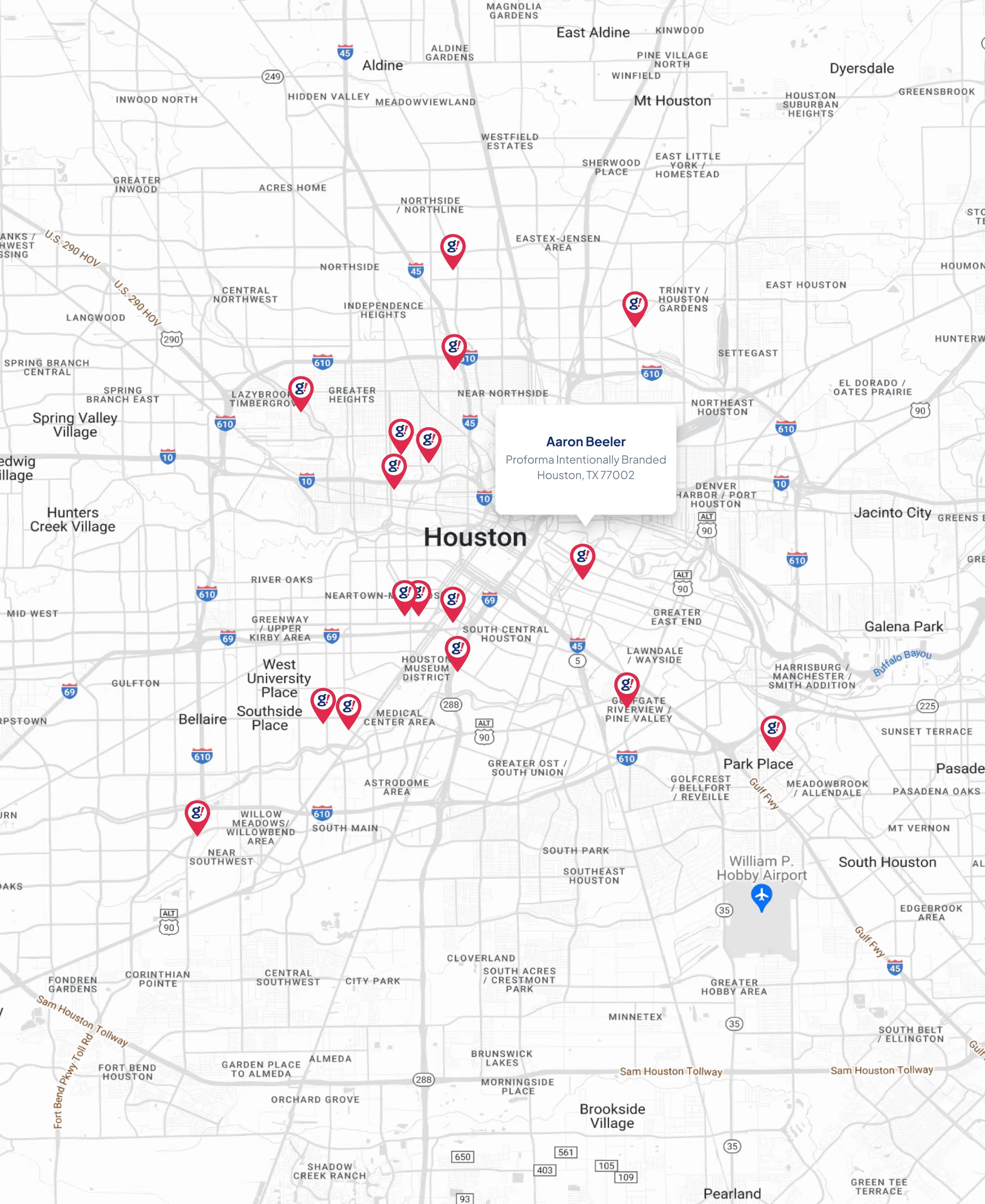Instagram has been proven as a useful tool for business owners, especially now that more and more people are using this social media network to connect with their friends. The latest numbers show that Instagram has more than 300 million users per month. This is a big reason why brands are always looking for ways they can grow their Instagram community.
But even though your business may already have its own Instagram account, it does not automatically guarantee success. Instead, you need to make sure that you make use of your Instagram account to the best way you can. And the best way you can do this is to know what this social media network is mainly for– shopping.
Based on a study conducted by Iconosquare last 2015, 70 percent of users on Instagram look up a brand on the app. Not to mention, 62 percent of users tend to follow a brand they like on the platform. With this massive reach, you need to be able to attract your target audience through your posts. You can do this by following these tips:
Have an optimized business Instagram account
If you intend to use Instagram for your business, you should keep it separate from your personal account. By keeping things separate, you can concentrate on posting things related to your business instead of posting your selfies or food shots on the business account. These things are not relevant to your followers and will not increase your numbers.
Your business account should not show any photos of you, as much as possible. This way, you can keep a professional looking Instagram account that will be more appealing to your customers.
Remember to include a link on your profile
Instagram works differently than other social networking platforms. Any links you post, other than your bio, are not clickable. This is why you should remember to include your link on your bio underneath your name and description. Use this spot to link to your website or another landing page you intend your followers to visit.
Stay consistent to be recognized
Remember to stick to one name on Instagram and photo of your brand. You need to do this so that you build your reputation with your followers. When you do this, they will easily recognize you. Keep the same social media handle across different channels so you won’t end up confusing your followers.
Avoid hard selling in your posts
Your posts on Instagram matter a lot. As a matter of fact, they can influence an individual to follow you or to make a purchase. Instead of forcing your followers to buy a product you are selling, allow them to make that decision for themselves.
Use creative photos
When you want to post something on Instagram, see to it that it is clear and professional; especially if you are selling something. Instagrammers aren’t on the platform for a sales pitch but to look at pretty photos. This is why you should make sure your photos are high quality and reflect professionalism.
Use Instagram to give exclusive offers to followers
One way you can grow your followers is by using the platform as an exclusive tool where they can get insider information as well as special offers and bonuses. Remember to make these announcements using a text overlay on a photo so that your followers won’t end up scrolling through without reading your caption.
Come up with active and inviting captions
Your captions on Instagram can make or break your product. This is why you need to come up with an effective caption that can stir up conversation among your followers.
Remember to use hashtags
Without the right hashtags, your posts can easily get buried by newer posts. These hashtags work as a keyword that gets linked together when a person searches for them. But while you use a hashtag, don’t go overboard with them. The most you can do is 5 but that’s already risky.
Post consistently
In order to remain relevant with your followers, you have to remember to post on a consistent schedule. A good rule to follow is to post around 6 photos per week. You can schedule your posts between 5:00 to 6:00 pm on weekdays, as this is the best time to post.
Engage with your followers
Instagram is a great tool with which you can build your brand’s reputation and appeal among your followers. This is why you should make sure to use it properly to get the most results.
Re-share content from your followers
When you encounter a customer who has posted one of your products or used your service, make sure to re-share this with your own followers. You can then give a shout out to the person who posted the photo so they will appreciate your way of getting in touch with them.
Instagram can be a very useful tool for your brand. Just remember to be mindful with what you post and how you engage with your audience.








